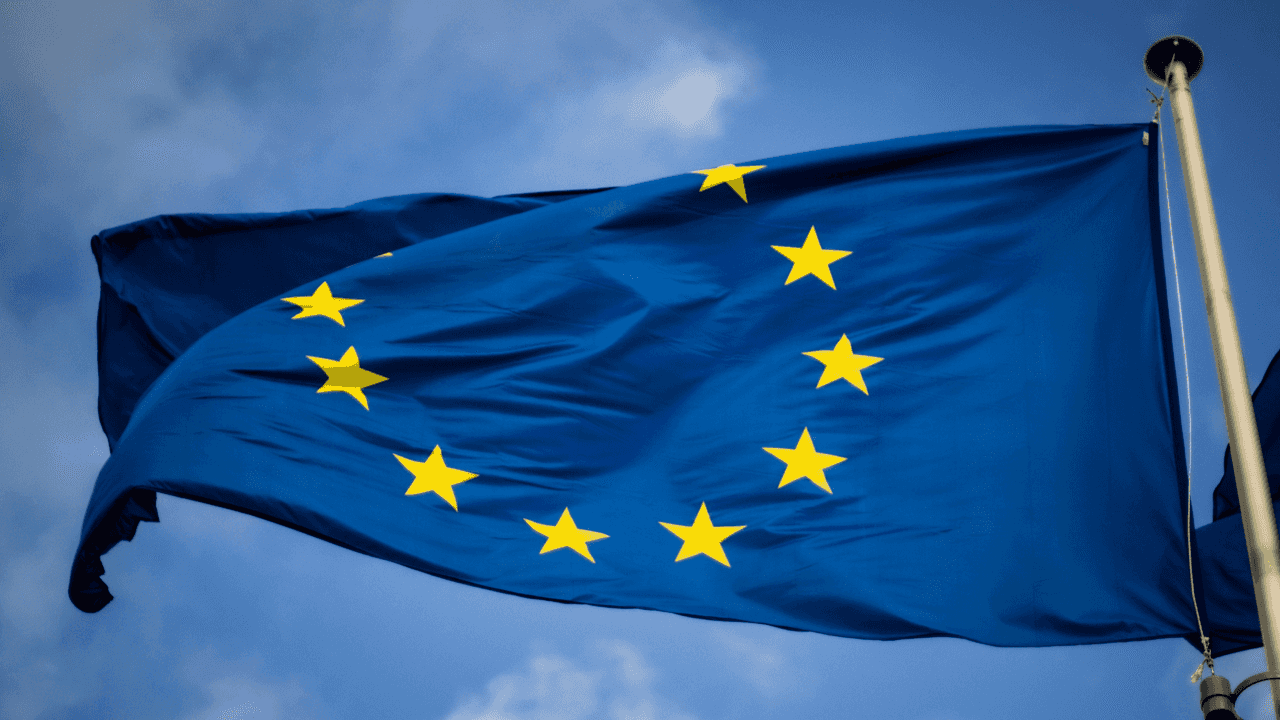
This article explores the outcome of the ECB’s March 2024 meeting, scheduled for 7 March 2024, by analysing decisions on interest rates, asset purchase programmes and adjustments in operational frameworks. As the eurozone faces inflationary changes and economic growth trajectories, understanding the ECB’s strategic responses is crucial for financial professionals, investors and policy analysts.
ECB Monetary Policy Decisions
In a move closely watched by markets and policymakers, the ECB Governing Council kept key interest rates unchanged, reflecting a nuanced approach to the fragile eurozone economic recovery and falling inflation.
The decision to keep the rates for the primary refinancing operations, the marginal lending facility and the deposit facility at 4.50%, 4.75% and 4.00%, respectively, underlines the ECB’s cautious optimism and commitment to price stability.
This decision is based on a complex economic environment characterised by declining inflation but persistent domestic price pressures, particularly wage growth.
The latest staff projections indicate a downward revision of inflation rates for the coming years, with an average expectation of 2.3% in 2024. These provide a glimpse of the ECB’s challenges. The figures and softened growth forecasts underline the delicate balance the ECB aims to strike between supporting economic growth and keeping inflation within its target.
APP and PEPP
A significant part of the adjustments to the ECB’s monetary policy instruments concerns the Asset Purchase Programme (APP) and the Pandemic Emergency Purchase Programme (PEPP). The decision to let the APP portfolio decline aligns with a gradual normalisation strategy, moving away from pandemic-era monetary support measures. The gradual reduction of the PEPP portfolio, scheduled to decline by EUR 7.5 billion per month in the second half of 2024, indicates the ECB’s intention to withdraw cautiously from expansionary monetary stimulus, reflecting a response to the improving, albeit still precarious, economic landscape.
The ECB’s approach to refinancing operations was also reviewed. This analysis underlines the ECB’s efforts to refine its monetary instruments better to align them with current and projected economic conditions, ensuring that liquidity provisions to banks are consistent with broader policy objectives.
These programme adjustments are not merely technical changes but signal a deeper transition in the ECB’s policy paradigm. The ECB navigates towards normalisation by carefully scaling back asset purchases and recalibrating refinancing operations while remaining nimble enough to respond to new economic shocks or developments.
Economic Outlook
The March 2024 meeting also highlighted the ECB’s long-term strategic planning, mainly through changes to its operational framework for implementing monetary policy.
The sluggish growth forecast in 2024 suggests a euro area grappling with internal and external pressures, from high government debt ratios to global trade uncertainties. However, the anticipated rebound in consumption and investment from 2025 to 2026 reflects confidence in the region’s underlying economic resilience and the expected easing of inflationary pressures.
This section of the ECB report emphasises the role of supportive fiscal and structural policies alongside monetary strategies. The ECB’s call for rapid implementation of the Next Generation EU programme and greater integration in banking and capital markets emphasises the multifaceted approach needed to address current economic challenges and strengthen long-term growth.
Conclusion
The March 2024 ECB meeting encapsulates a critical moment in the eurozone monetary policy landscape. By maintaining interest rates, refining asset purchase programmes, and refinancing operations, the ECB carefully balances its immediate responses to current economic conditions with its long-term strategic objectives.
As inflation rates adjust and economic projections evolve, ECB policies will be crucial in shaping the euro area’s path to recovery and stability.
You are currently on the Young Platform blog. Keep yourself updated with macroeconomic events directly on the app and observe their real-time impact on cryptocurrency prices.




